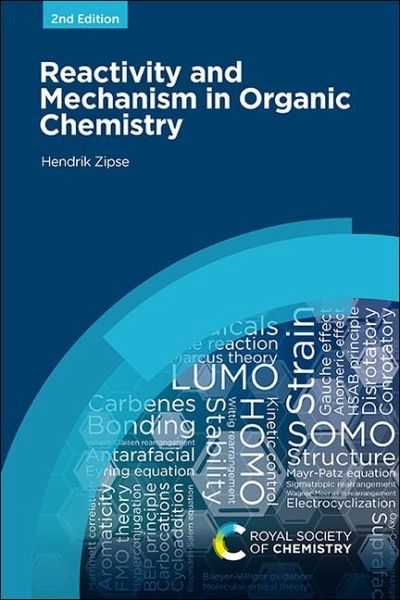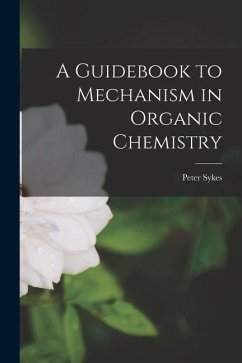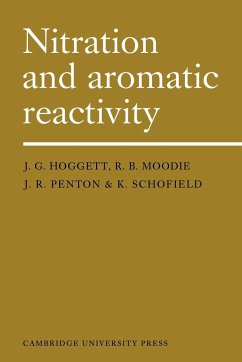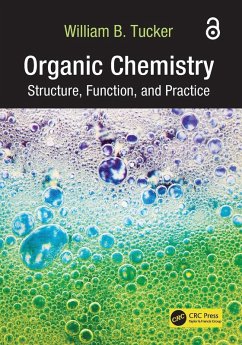
Reactivity and Mechanism in Organic Chemistry

PAYBACK Punkte
23 °P sammeln!
Completely revised and updated, Reactivity and Mechanism in Organic Chemistry 2nd Edition is an ideal introduction to quantitative description of organic reactivity for students in undergraduate and masters chemistry programmes.












![Stereochemical and Reactivity Studies of the [2 2], [2 4] and 1,3-dipolar Cycloadditions of Partially Fluorinated Allenes Cover Stereochemical and Reactivity Studies of the [2 2], [2 4] and 1,3-dipolar Cycloadditions of Partially Fluorinated Allenes](https://bilder.buecher.de/produkte/56/56921/56921775n.jpg)
